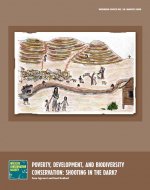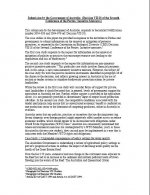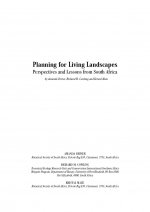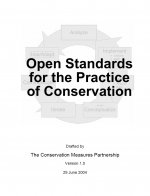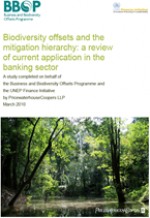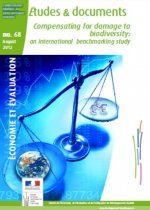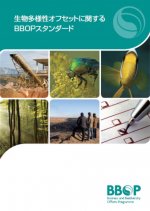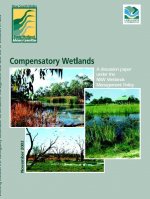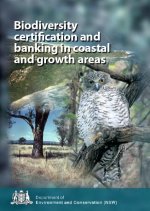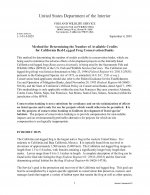Poverty, Development, and Biodiversity Conservation: Shooting in the Dark?
Agun Agrawal, Kent RedfordPoverty alleviation and biodiversity conservation are basic social goals and part of the policy agenda of postcolonial states and international agencies. It is not surprising therefore that a large number of programmatic interventions have aimed to achieve the two goals at the same time. These interventions are funded by governments, conservation NGOs, bilateral and multilateral […]
Submission by the Government of Australia : (Decision VII/18 of the Seventh Conference of the Parties: Incentive Measures)
Government of AustraliaThe case studies in this paper are provided in response to the invitation to Parties and governments to submit information on the removal or mitigation of perverse incentives, as requested in the Convention on Biological Diversity (CBD) Decision VII/18 of the Seventh Conference of the Parties: Incentive measures.
Planning for Living Landscapes: Perspectives and Lessons from South Africa
Amanda Driver, Richard Cowling, Kristal MazeThe long-term survival and well-being of people depends on effective conservation of the worlds biodiversity. This requires living landscapes: landscapes that are able to support life of all forms now and into the future. Pressures on biodiversity show no sign of abating, yet resources for conservation action are limited. This means we need to be […]
Open Standards for the Practice of Conservation
The Conservation Measures PartnershipIn order to achieve our goals, the conservation community must determine the extent to which our actions are working and we must be able to diagnose why some actions succeed while others do not. In recent years, there has been great convergence among conservation organizations in thinking about how best to plan and implement […]
Biodiversity offsets and the mitigation hierarchy: a review of current application in the banking sector
A study completed on behalf of the Business and Biodiversity Offsets Programme and the UNEP Finance Initiative by PricewaterhouseCoopers LLP
This study was jointly commissioned by the United Nations Environment Programme Finance Initiative (UNEP FI) and the Business and Biodiversity Offsets Programme (BBOP), to explore the following themes: ● Familiarity and awareness among the financial sector of the biodiversity mitigation hierarchy and biodiversity offsets; ● Corporate policy approaches of banks in understanding and addressing biodiversity […]
Compensating for damage to biodiversity
An international benchmarking study
Delphine Morandeau, Delphine VilaysackThis study by the French Ministry of Ecology, Sustainable Development and Energy (MEDDE) examines the implementation of offsets globally, identifying best practices in order to inform the French regulatory and methodological framework on offsets. To do this, 29 countries were surveyed (Argentina, Australia, Austria, Brazil, Canada (Quebec), Chile, China, the Czech Republic, Denmark, Ethiopia, Germany, […]
Compensatory Wetlands: A Discussion Paper Under the NSW Wetlands Management Policy
Government of AustraliaThe NSW Wetlands Management Policy is a whole-of-government policy released in 1996 to encourage the community and government to work in partnership towards the ecologically sustainable conservation, management and use of wetlands in New South Wales.
Biodiversity Certification and Banking in Coastal and Growth Areas
State of New South Wales, Department of Environment and ConservationAustralia is facing unprecedented challenges in conserving its unique biological wealth. In NSW we have been on a path of continued biodiversity loss for many years. Around 80 species of native plants and animals have become extinct in this state over the past two centuries with 1000 more species heading the same way.
Method for Determining the Number of Available Credits for California Red-Legged Frog Conservation Banks
Fish and Wildlife ServiceThe California red-legged frog is the largest native frog in the western United States. It is endemic to California and Baja California, Mexico. It is typically found from sea level to elevations of approximately 1,500 meters (5,000 feet). The California red-legged frog ranges in length from 1.5 to 5.4 inches, with females attaining a significantly […]


